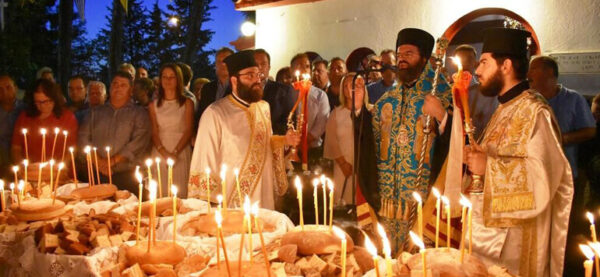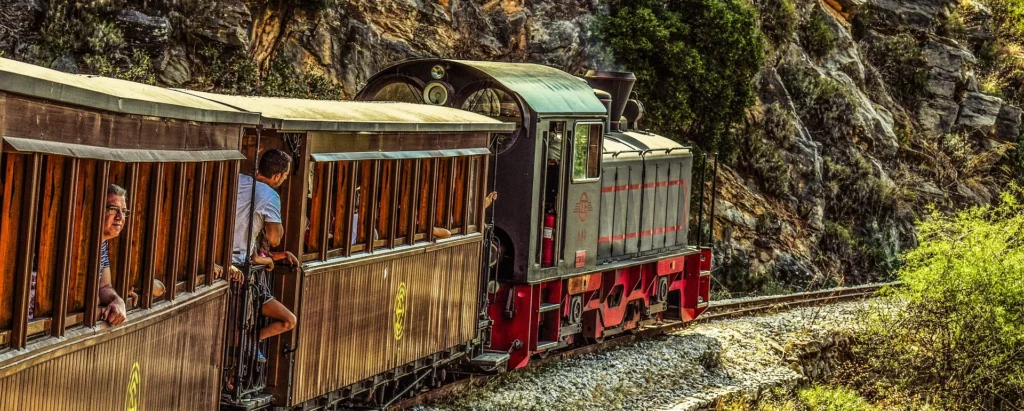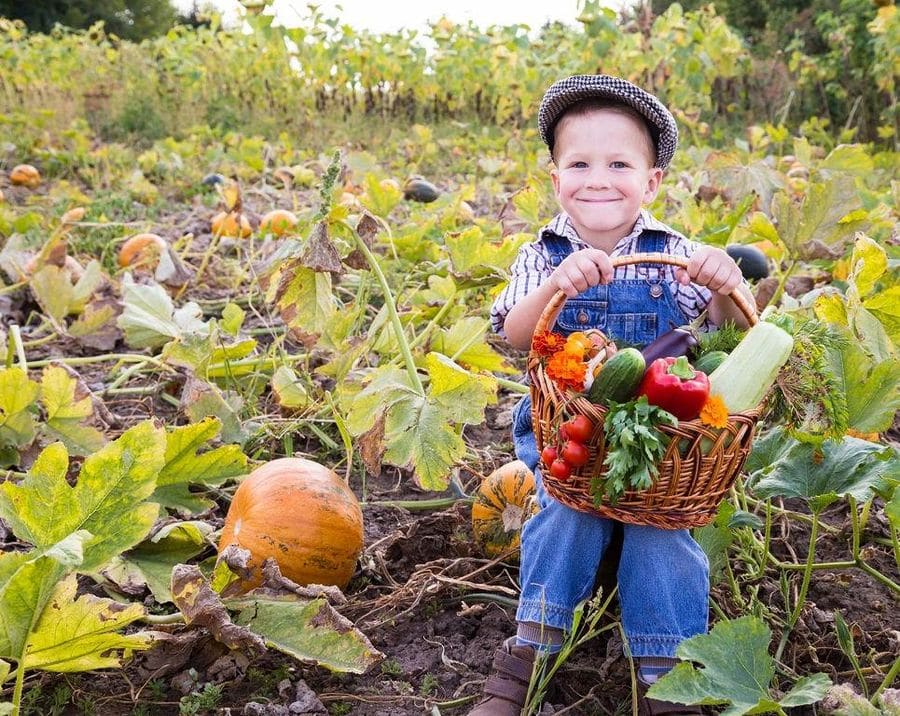Artoklasia – The Orthodox Tradition of the Blessing and Breaking of Bread
Artoklasia (Greek: Ἀρτοκλασία, meaning “breaking of bread”) is one of the most meaningful and ancient Orthodox Christian traditions. It is a short yet deeply symbolic liturgical ceremony in which specially prepared loaves of bread (artos) are blessed by a Greek Orthodox priest or metropolitan and then shared among the faithful.
This sacred act commemorates the miracle of the five loaves that Jesus Christ blessed and multiplied in the desert to feed the multitudes. Through the Artoklasia, Orthodox Christians express their thanksgiving, unity, and faith in God’s providence — trusting that His blessings, like the bread, will be shared and multiplied among all.
🕊️ The Ancient Origins of Artoklasia
The Orthodox Artoklasia service dates back to apostolic times and is considered a remnant of the common meals (agape feasts) shared by the first Christians. In these gatherings, early believers would break bread together after worship, offering prayers of gratitude and sharing food as a sign of love and community.
Today, this ancient Christian ritual continues in Orthodox churches around the world, preserving the same spirit of fellowship, generosity, and divine blessing.
🍞 When and How Artoklasia Is Celebrated
The Artoklasia service usually takes place at the end of Orthros (Matins), the Divine Liturgy, or Great Vespers. Though brief, it is filled with hymns, prayers, and petitions for health, peace, and the strength to face life’s challenges.
To perform an Artoklasia, the following are prepared:
-
Five loaves of bread (artos) – representing the miracle of the five loaves in the Gospel.
-
A small container of wine – symbolising the Blood of Christ and the joy of divine grace.
-
A small container of olive oil – representing healing and mercy for body and soul.
-
A list of names of loved ones, living and departed, for whom prayers are offered.
The priest blesses these offerings, invoking God’s grace upon the people, their families, and those remembered in prayer. The wine and oil symbolise sanctification, comfort, and divine healing.
🙏 The Words and Spirit of the Artoklasia
During the ceremony, a beloved hymn is chanted:
“The rich have become poor and hungry,
but those who seek the Lord shall not be deprived of any good thing.”
This verse beautifully expresses the trust in God’s abundance that defines Orthodox spirituality. At the end of the service, the blessed loaves are cut and distributed to everyone, symbolising the unity of believers and the sharing of God’s blessings.
🌿 The Spiritual Meaning of Artoklasia
Artoklasia is far more than a ritual — it is a living symbol of gratitude and unity in the Greek Orthodox Church. It reminds us that all blessings come from God and that they are meant to be shared with love. The breaking of the bread reflects the oneness of the Church, the fellowship of believers, and the continuity of the faith from the time of the Apostles to today.
💬 Conclusion
Through the Artoklasia service, Orthodox Christians celebrate God’s generosity and express their hope for spiritual and physical well-being. This sacred tradition, rooted in the earliest days of Christianity, connects believers to Christ’s miracle of the loaves and the timeless message of faith, sharing, and thanksgiving.
Whether celebrated in a Greek Orthodox Church or another Orthodox community, Artoklasia continues to unite the faithful through the blessing and breaking of bread, a powerful reminder that God’s love and grace are abundant for all.




